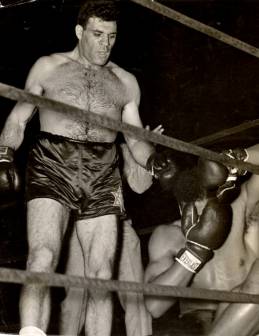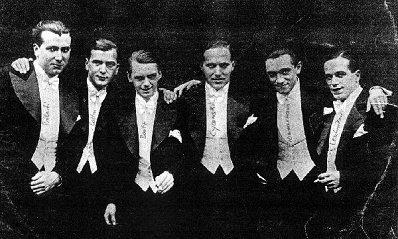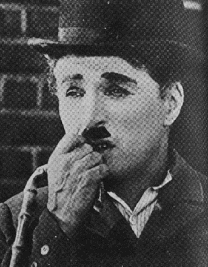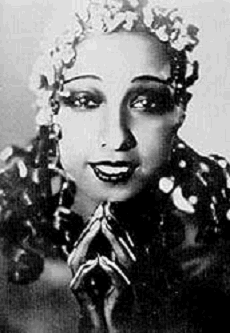|
American Influences
|
This all started in the 1920’s, when Germany opened up
the foreign influences for the first time. They had been kept out for so
long by Germany, during the war years.
In the 1920’s American popular culture had been welcomed
to Germany, it was more democratic and much more modern, and this
celebrated living in the present rather than looking back into the past
all the time. This American
modern culture spread throughout other European countries.
Some of the things that were introduced to the German
culture during this time, was things like,
American cabaret groups were now playing in the evenings,
They also introduced the use of movies and cinemas,
They
also now had jazz music,
And they also introduced boxing to the German cultural scene.
|

|
| This
is Abi Simon who was a famous boxer of the time. |
| |
|
|
|
|
|

|
During the 1920’s Jazz Music became
extremely popular in Germany. This was one of the major American
influences brought into Europe, and particularly in Germany.
After
the Jazz time had finished due to racial reasons, not long after, there
was a brand new style of music, which was introduced into Germany. There
was a new band called ‘The Comedian Harmonists’ who were introduced to
Germany. They were an a-capella band, which consisted of five singers and
also a pianist. This band was so popular during the time, they are to be
counted as the most famous musicians of the Weimar Republic. The Comedian
Harmonists were a group, which were founded by Harry Frommermann, in
Berlin during 1927. The group was later forced to brake up in 1935 by the
Nazis.
|
| |
|
|
|
|
| Another big arrival to Germany was the one of
Charlie Chaplin, who was a very famous film director and also one of the
most popular comedians ever to go into Germany. The arrival of Charlie
Chaplin went down very well with the Germans as he was popular and very
well liked by them.
|

|
Also
during this time, American dancing was another thing, which became very
popular in Germany.
In 1926, there was a very popular American dance which was called
‘ The Charleston ‘ this went on to be the most popular dance of that
year in Germany. |
| |
|
|
|
|
| A versatile and charismatic performer whose talent for self
re-invention prefigured modern chameleons from Jerry Rubin to Madonna,
Josephine Baker was born in St. Louis in 1906. A talented singer and
dancer, she became a street performer at the age of 13, and soon joined
the Dixie Steppers vaudeville troupe, touring the United States with the
ensemble and eventually starring in their production of Chocolate Dandies
in 1924.
Soon, Josephine Baker journeyed to Paris, where she quickly rose
through the nightclub ranks to become one of the city's prime attractions.
In 1925, she starred in La Revue Negre, where her exotic, kinetic stage
presence, lithe figure, and cooing vocal style earned her rave reviews and
sold-out houses. She honed her act over the next decade, eventually
appearing in her own solo shows and adding a jazz component to her musical
output. Ms. Baker became a naturalized French citizen in 1937, and always
considered France her emotional home; she was very active in the
Resistance during the German occupation from 1940-44. After the end of
World War II, she continued to perform, but gradually replaced her musical
career with humanitarian activities, particularly in the area of adoption
of underprivileged orphans. Stateside, she maintained important musical
and social connections, and was a key participant in the Civil Rights
movement.
|

|
| Josephine
Baker's musical style was enigmatic and utterly her own; combining
American soul with an overt sexuality tempered by the detachment of the
classic European chanteuse, she wrapped her voice around countless torch
songs and Golden Age classics in a way that will never be duplicated. She
died in Paris in 1975, taking with her the secrets of real musical
seduction.
|
| |
|
|
|
|
Steve
|